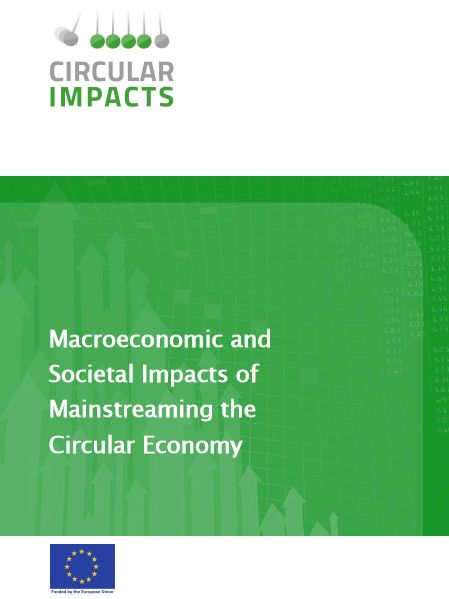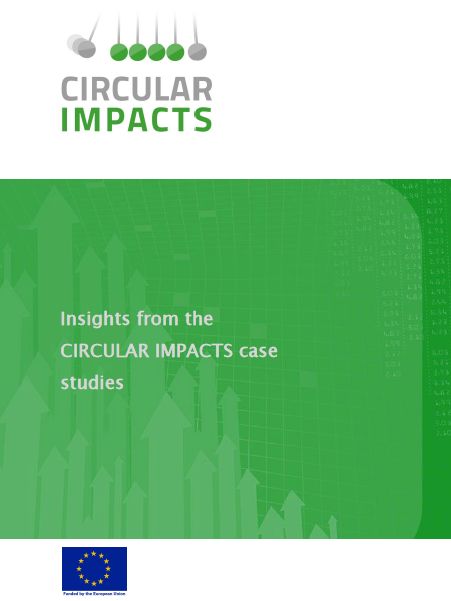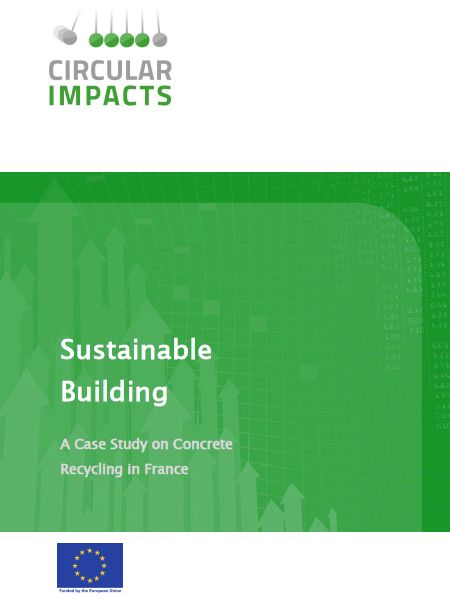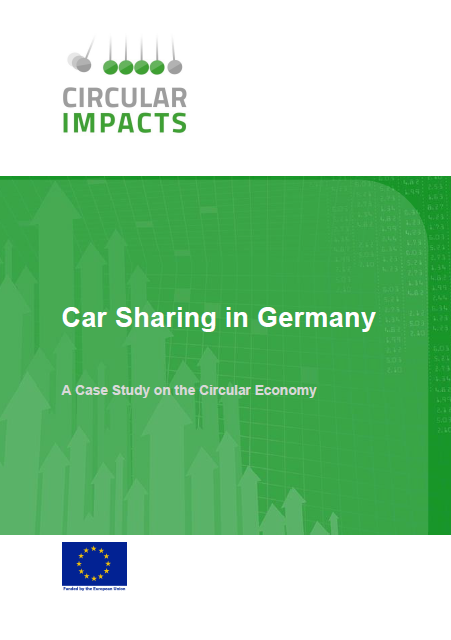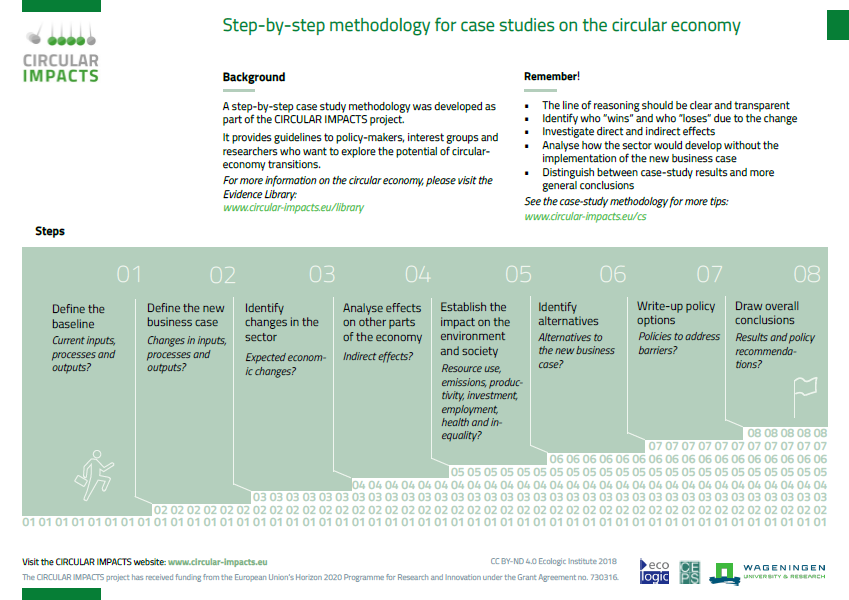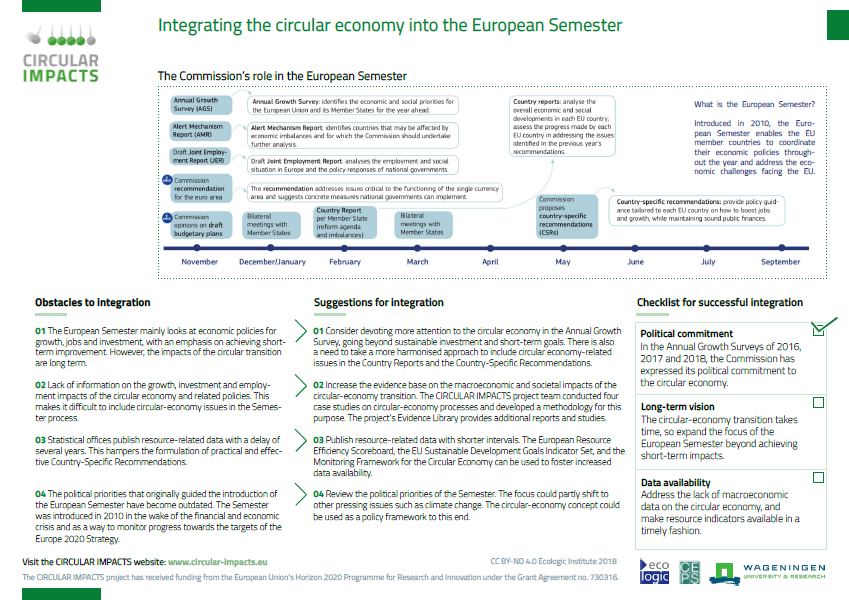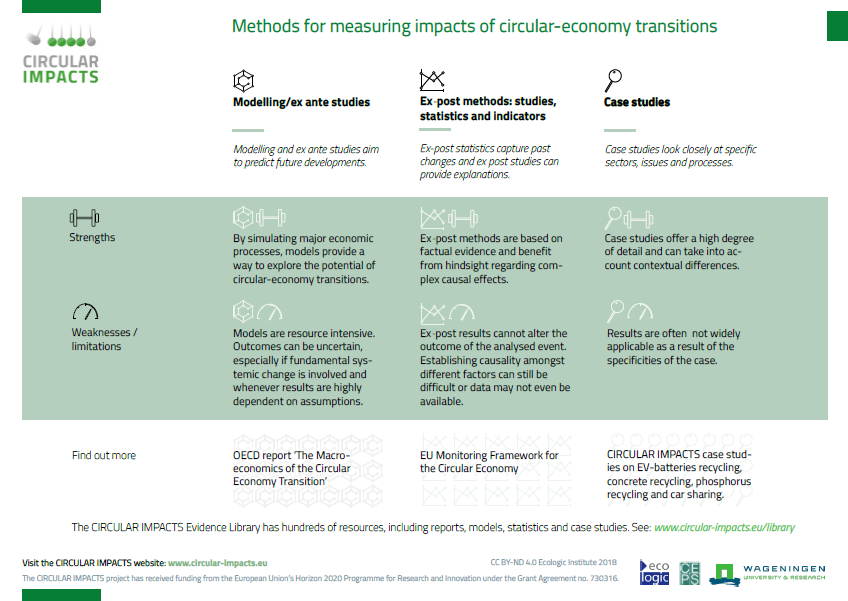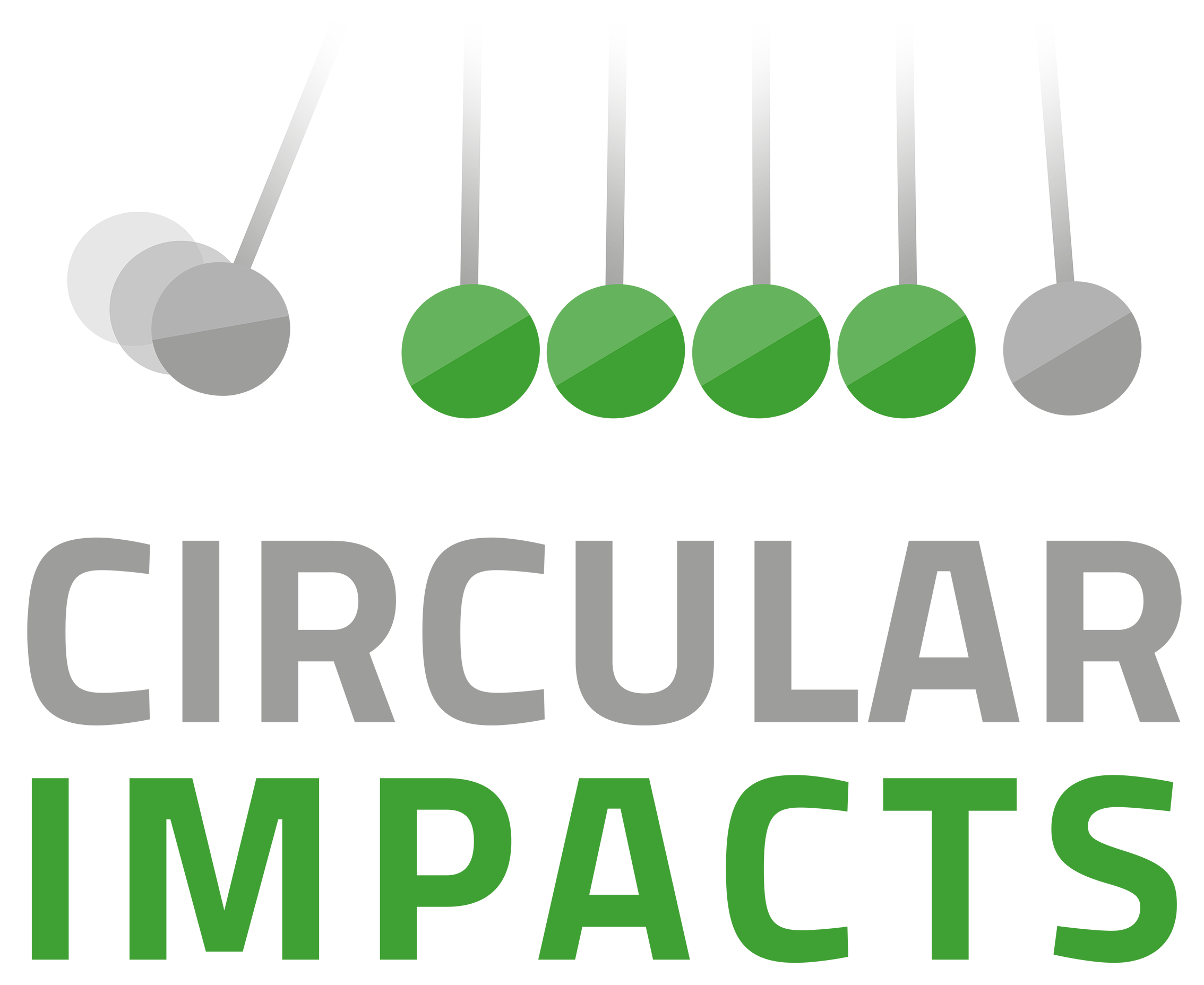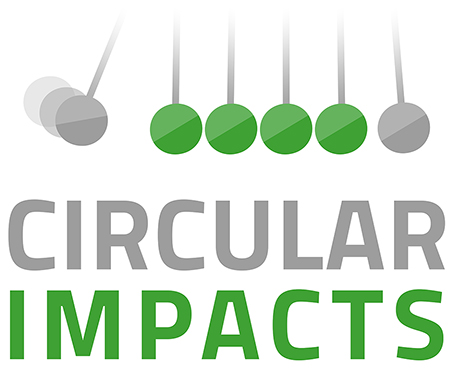Transforming the linear economy, which has remained the dominant model since the onset of the Industrial Revolution, into a circular one is by no means an easy task. Such a radical change entails a major transformation of our current production and consumption patterns, which in turn will have a significant impact on the economy, the environment and society. Understanding these impacts is crucial for researchers as well as for policy-makers engaged in designing future policies in the field. This requires developing an in-depth knowledge of the concept of the circular economy, its processes and their expected effects on sectors and value chains.
This paper reviews the growing literature on the circular economy with the aim of improving our understanding of the concept as well as its various dimensions and expected impacts. On the basis of this review, it attempts to map the processes involved and their application in different sectors. The paper suggests that research on the circular economy is currently fragmented across various disciplines and there are often different perspectives and interpretations of the concept and the related aspects that need to be assessed. This fragmentation is also evident in the available studies that adopt different approaches in calculating the impacts, which makes efforts at comparing the results from different sources very challenging. This paper also suggests that there is limited information on the indirect effects on the economy (e.g. impacts on the value chain and/or changes in consumption spending patterns) as well as the social impacts of the circular economy transition.
